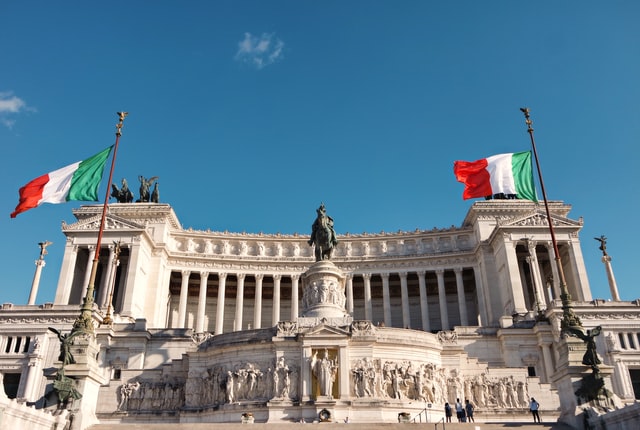The growth of Regional Development Agencies (RDAs) in Italy can be traced back to the establishment of local development agencies from the mid-1970s to the end of the 1980s mainly in the form of business service centres, which are primarily technical sectoral structures helping Small-Medium Enterprises to innovate and to improve the quality of their goods and services. Over the years, these RDAs’ missions and activities have expanded, also as a reflection of the increasing legislative autonomy gained by the regions starting from the 1990s. Regional functions and responsibilities have been broadened especially with the 2001 constitutional reform, which assured to the regions exclusive or concurrent legislative powers with the State in different policies, such as healthcare, transport, social services and housing, or education.
We can summarise three types of model which the Regional Development Agencies have followed:
Financial model. Established in the ‘70s and more in the ‘80s to channel resources for development; their mission and activities are strictly related to traditional financial intermediaries: access to funding for startups and companies, providing grants, loans, guarantees, and other financial instruments, as well as providing support for startups to develop their business models.
Industrial development model. This model was pursued by RDAs in regions with industrial development consortia (also known as the Italian districts), for instance the Northeast of Italy or in the areas of the manufacturing sector. In this regard, the RDAs aim to promote and to develop new or declining industrial areas.
Local development model. A model which relies on area-based integrated strategies mobilising a large number of local stakeholders (such as public authorities, companies, research institutes, civil organisations) developing innovative strategies and using specific methods, such as the partnership method, in order to meet citizens’ needs and to strengthen local economies.
The main activities of the Italian RDAs reflect the mission for which they were established. At least one of the following macro-activities are carried out by Italian RDAs:
Development of business initiatives (both individual firms and the business community). Providing information and guidance on business opportunities, incentives, facilities, assuring credit support, supporting business start-ups through the provision of mentoring services (for example for the preparation of business plans), strengthening international cooperation, and facilitating networking.
Support for territorial planning. For instance, the promotion and implementation of programmes and actions of territorial and environmental regeneration, aiming to stimulate economic development and attract new productive investments; or technical and operational support to the regional administration and other public organisations, both directly and through its subsidiaries, for the definition of policies and specific interventions to support the regional economy.
Promotion and support for research and education. RDAs collaborate with the region and other local authorities in the design and implementation of intervention policies on research and innovation, such as through projects on social innovation and skills development.
Technical assistance. Providing services to the region to speed up the spending of EU and national funds, for instance the implementation of the Operational Programmes co-financed by the European Regional Development Fund (ERDF).
Regarding their legal status, the Italian RDAs are for the most part public actors, often with the role of in-house organisations of the respective regional government. Italian RDAs are established by regional law which defines their strategic and operational functions, as well as the available economic resources. Regional law confers to the RDAs a relevant institutional role to guarantee efficient coordination and direction of the local governance system. For this reason, their organisation can rely on a high degree of autonomy, usually guaranteed through the constitution of a public limited company. The natural owner of an Italian RDA is the region, which sometimes remains the only shareholder; more often, it is the majority shareholder of an assembly of public and/or private members. The main examples of other potential public shareholders of RDAs are local chambers of commerce and universities; sometimes the shareholders are private, for instance financial institutions, banks, or local industrial associations.
Certainly, Italian RDAs plays a key role in boosting the regional economic development of the regions, by providing financial and business services, supporting research and innovation policies, or giving technical assistance to the regions for the correct implementation European and national funds. By connecting a network of relationships between different local stakeholders (public authorities, companies, research institutions, or civil society organisations), Italian RDAs also represent a strategic actor to picture the general state of health of their regions, highlighting the points of strength and the needs for their respective local territories.
